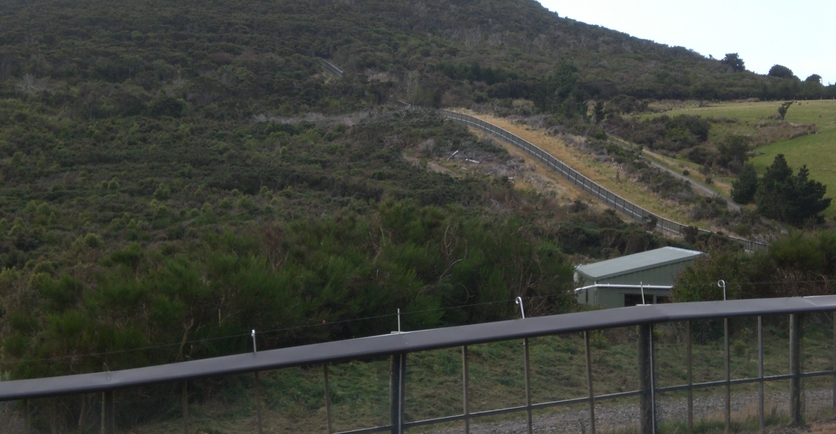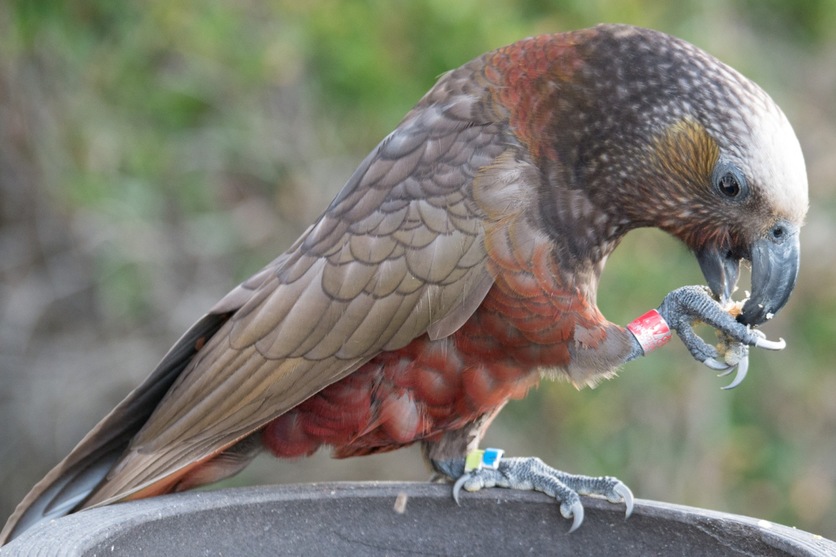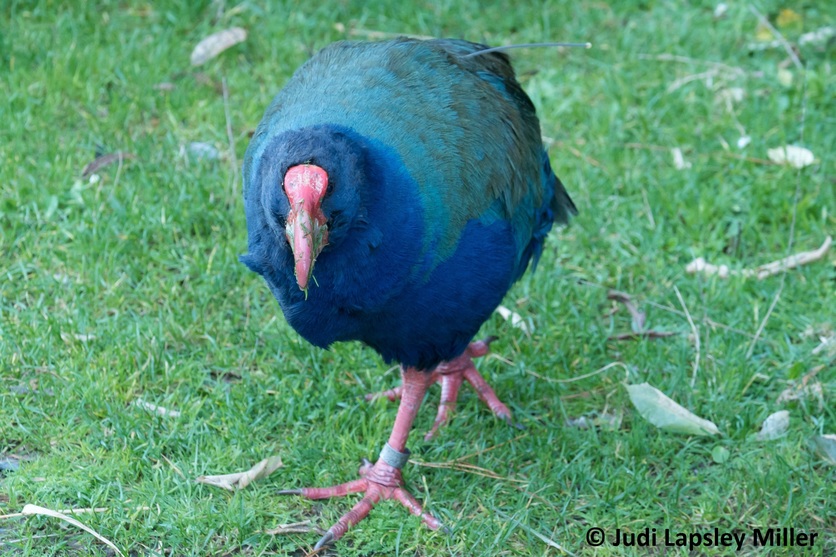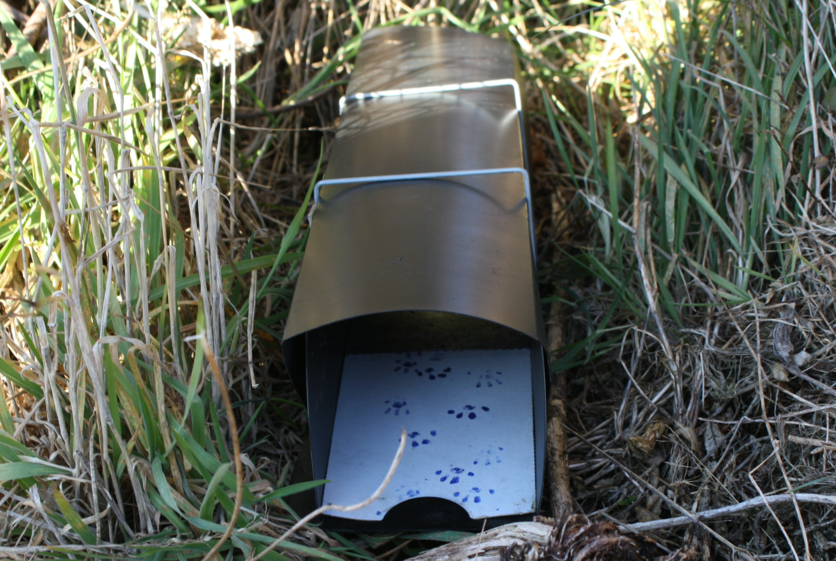New Zealand birds evolved in isolation from natural predators for around 65 million years. When human settlers arrived, changes came rapidly, and birds were poorly adapted to withstand threats to their survival. Hunting, loss of habitat and the introduction of predators all had disastrous effects on the state of our native birds, whose numbers declined rapidly. The Department of Conservation has led many initiatives to reverse this decline.
In 1953, the Wildlife Act was introduced to aid the protection and control of wild animals and birds. This was followed by the Conservation Act of 1987, which promoted the conservation of New Zealand resources. These Acts form the basis for conservation efforts in New Zealand today.
Identifying key sites for conservation
Native bush areas are identified as prime locations for the regeneration of threatened bird species. Both mainland and offshore islands are targeted. Offshore islands further than 1.5 kilometres from the coast are ideal to prevent rodents from swimming out to them. Being surrounded with predator-proof fences isolates mainland sites. These fences are made from a fine mesh wire, with underground barriers and overhangs that deliberately exclude burrowing and climbing predators.
Pest eradication
Mammalian pests need to be eradicated from these sites. Eradication comes in two main forms – ground and aerial control. Ground control is the use of hunting, bait stations and trapping. This can be very costly, taking into account the number of man-hours it takes to reach difficult terrain. The use of aerial control (dropping bait from a helicopter) is proving much more efficient. Baits such as the poisons 1080 (sodium monofluoroacetate) and brodifacoum are used to achieve both ground and aerial predator control.
There is ongoing debate around the use of such toxins and their effect on non-target species.
Find out about other forms of pest control, including recent technologies, in this article.
Ecological restoration of native bush
Predators have had a disastrous effect on birdlife and native bush. Possums have been estimated to eat over 20,000 tonnes of vegetation throughout New Zealand in one night alone. Goats and deer damage seedlings in native bush areas.
The Department of Conservation initiates planting days to help regenerate native bush in target areas such as those sites identified for ecological sanctuaries.
Captive management and translocation of native birds
Threatened bird species have been sustained through captive management techniques. Birds are kept in a protected environment and fed a specialised diet, and breeding is carefully managed. Eggs are often brought to such sites by Department of Conservation rangers and are incubated to give the chicks the best chance of survival. Birds are tagged (banding on the legs or microchipped), and once they reach an optimum weight and clean bill of health, they are released into a sanctuary.
Translocation has emerged as a method for managing small populations of threatened species. By having several populations of a species, conservationists hope these populations will have increased genetic diversity – they don’t interbreed and exchange genetic material and therefore have a greater chance of survival.
Intensive monitoring
Some birds need intensive care combining a range of conservation efforts. One such species is the critically endangered fairy tern, the rarest breeding bird in New Zealand. It is ranked as an endangered species and carries a 'Category A' priority for conservation action. Work by the Department of Conservation has led to an increase from just 3-4 breeding pairs in 1983 to approximately 12 pairs in 2015, with a total population of 45 birds. There has been no significant increase in population since this time. The work required the introduction of wardens and included the fencing of nest sites, pest trapping, sandbagging of nests to protect from storms and high tides and careful monitoring.
The kākāpō and takahē are two other bird species classified as nationally critical that also need intensive protection.
Citizen science
There are many community-based groups throughout New Zealand who have a personal interest in our native species. These groups are known as citizen scientists and do their part to help conserve our biodiversity. Members may be involved in volunteer planting days to help with ecological restoration, promotion of conservation, aiding pest monitoring and control methods or planting trees in their own backyard to encourage native birds to visit.
The conservation of our native bird species is an ongoing process. Island sanctuaries must be constantly monitored to ensure there are no re-invasions of mammalian predators. While conservation requires time and many resources, if New Zealanders do nothing, many more of our threatened native species may become extinct.
Nature of science
Science can sometimes be used to inform ethical decisions by identifying possible outcomes of particular actions, but it cannot be used by itself to establish whether an action is moral or not.
Related PLD content
The recorded webinars Eco-explorers, Pest detectives and Eco-champions share Department of Conservation resources that support hands-on conservation education and inquiry.
We also have a 4-part series on the whio – one of New Zealand's most endanged ducks.
InTame Malcolm – indigenous pest management hear examples of how both mātauranga and science have been part of Tame’s journey in pest management.
Citizen science projects
Check out the citizen science projects New Zealand Garden Bird Survey, eBird and Kea Database to see how you could help.
Conservation of the kiwi
Use these articles to find out more about conservation work being undertaken to protect kiwi:
Protecting from predators
We have lots of content on predator control that could help protect our native birds, some examples below:
Find out more about New Zealand's mission to be pest predator free by 2050.
The Connected article Bringing back the birdsong looks at how students worked with the Department of Conservation and Fiordland Conservation Trust to increase the population of native birds in Fiordland.
The article Cat fight looks at the effects cats have on our native species and what could be done to reduce their adverse impacts.
In Scientists using fake smells to stop predators killing endangered birds discover an alternative innovative pest control method.
The Science Learning Hub team has curated an introductory collection of resources to help teach about bird conservation. You can copy and add the collection to your own profile, where you can edit and curate additional resources. The article Creating collections tells you how to get the most out of a collection.
Useful links
Visit the Department on Conservation website for local conservation efforts in your area. There is also a section titled ‘Get involved’ where you can volunteer in a local project to help conserve our biodiversity.
Find out more about New Zealand’s birds and the conservation efforts undertaken by the Department of Conservation under the bird section of their website.
These remote sub-antarctic islands, Snares Islands, 105 km south-south-west of Stewart Island, are teeming with rare wildlife – including tomtits, albatross and penguins. Four Te Papa scientists spent 2 weeks on the Snares carrying out research, find out more in these YouTube videos.




